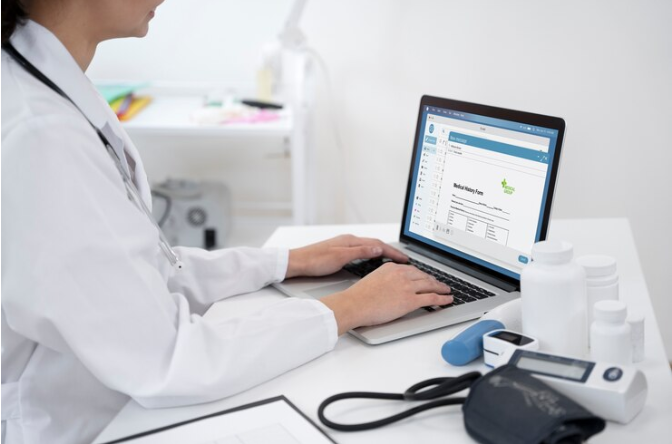
The world of healthcare can be a complex one, full of specialized terminology and procedures. One important thing you’ll come across, especially when it comes to billing and insurance, is the CPT code. But what exactly are CPT codes and how do they play a role in your healthcare?
Understanding CPT: The Universal Language of Medical Services
CPT stands for Current Procedural Terminology. Developed and maintained by the American Medical Association (AMA), CPT codes are a standardized system used to identify procedures performed by medical professionals and health care providers. Think of them as a universal language that ensures everyone—doctors, hospitals, insurance companies, and patients—are on the same page when it comes to billing and medical records.
Why are CPT codes important?
There are several key reasons why CPT codes are important in the healthcare system:
Accurate Billing and Reimbursement: CPT codes are essential for accurate billing and reimbursement. By assigning a specific code to each service provided, healthcare providers ensure that they are properly reimbursed by insurance companies. This streamlined system helps maintain the financial health of both the providers and the insured.
Standardized reporting: CPT codes create a standardized way to report medical services across the healthcare industry. This consistency allows for efficient data collection, analysis and research. Understanding trends in CPT code usage can help improve health care delivery and identify areas of potential cost reduction.
Transparency and Communication: CPT codes provide a clear picture of services provided to patients. This allows for transparency in billing and allows patients to understand what procedure they received. Additionally, it facilitates communication between doctors, hospitals and insurance companies regarding patient care.
What do CPT codes look like?
CPT codes are usually five-digit alphanumeric codes. For example, a routine office visit might be coded 99214, while a blood draw might be coded 36416. Each code comes with an associated description that details a specific service or procedure.
Types of CPT codes
The CPT code system is extensive and covers a wide range of health services. The codes are classified into different sections, each addressing a specific area of medicine. Here are some of the main categories:
Surgery: Codes in this category identify surgical procedures, from minor biopsies to complex surgeries.
Medicine: This section includes medical services performed by doctors, such as office visits, consultations, and injections.
Pathology and Laboratory: Codes in this category relate to laboratory tests and analyses.
Radiology: These codes identify diagnostic imaging procedures such as X-rays, CT scans, and MRIs.
Evaluation and Management (E/M): These codes are used for evaluation and management services provided by physicians, such as new patient visits and annual physicals.
CPT CODE DEBRIDEMENT OF WOUND
As an example, let’s look at how CPT codes are used in wound care. Wound debridement is a procedure where a healthcare professional removes dead, damaged, or infected tissue from a wound to promote healing. There are different CPT codes depending on the complexity of the debridement procedure.
CPT Code 11040: This code indicates simple debridement of a wound, which may include removal of superficial debris or application of a dressing.
CPT Code 11042: This code indicates a more extensive debridement, possibly involving deep tissue removal or additional cleansing techniques.
Understanding the specific CPT DEBRIDEMENT WOUND procedure can give you a clearer picture of the care you receive.
Beyond the Basics: Resources to learn more about CPT codes
This blog provides a general overview of CPT codes, but there is a lot of additional information available. Here are some resources you might find helpful:
American Medical Association (AMA) CPT
Centers for Medicare and Medicaid Services (CMS) List of CPT/HCPCS Codes:
By familiarizing yourself with CPT codes, you can gain a deeper understanding of the health care services you receive and navigate the billing process with more confidence. Remember, knowledge is power, and understanding CPT codes empowers you to be a more informed health care consumer.


